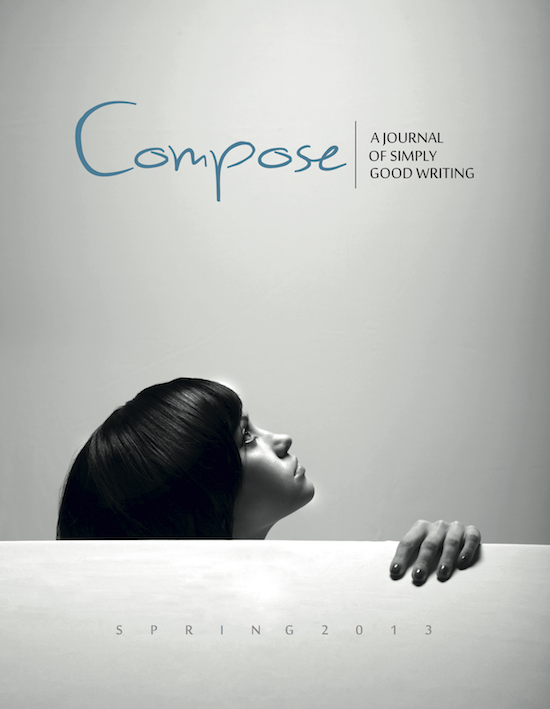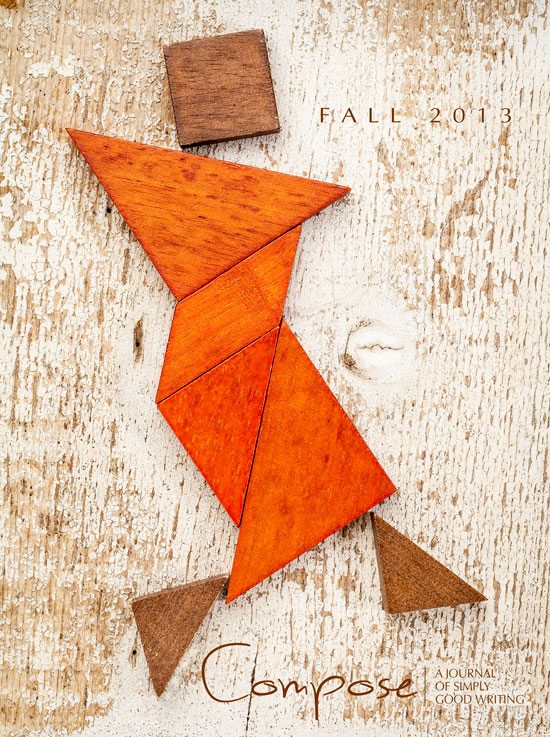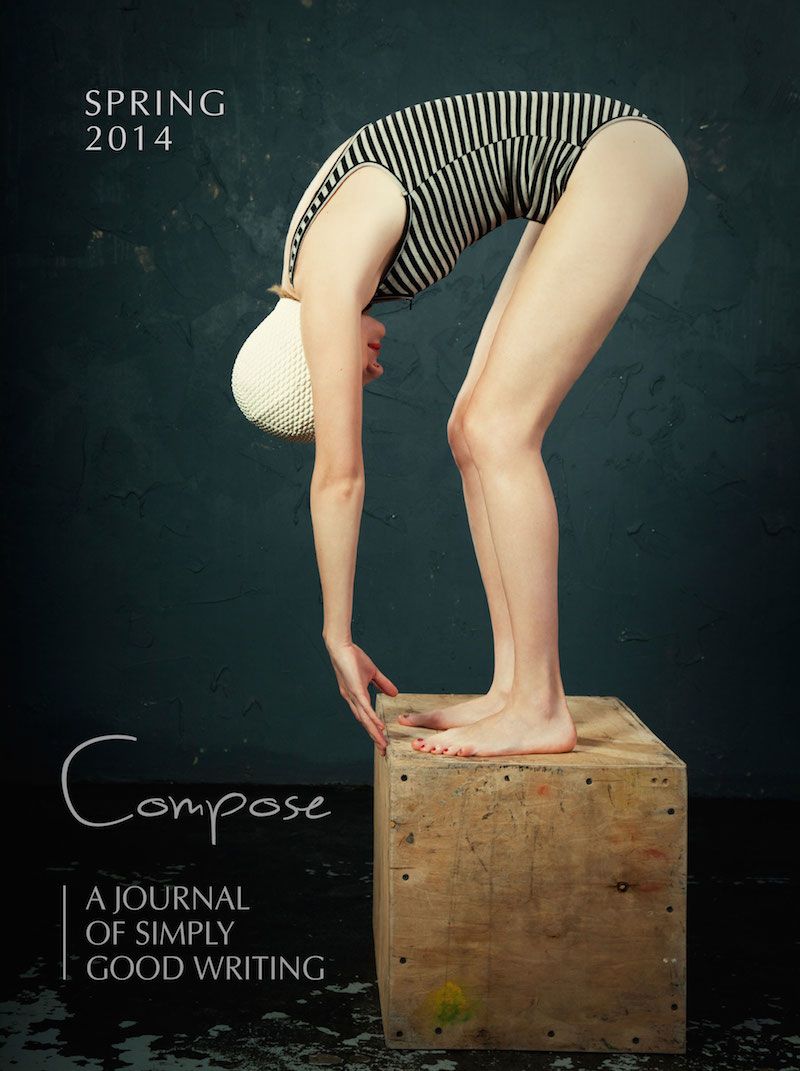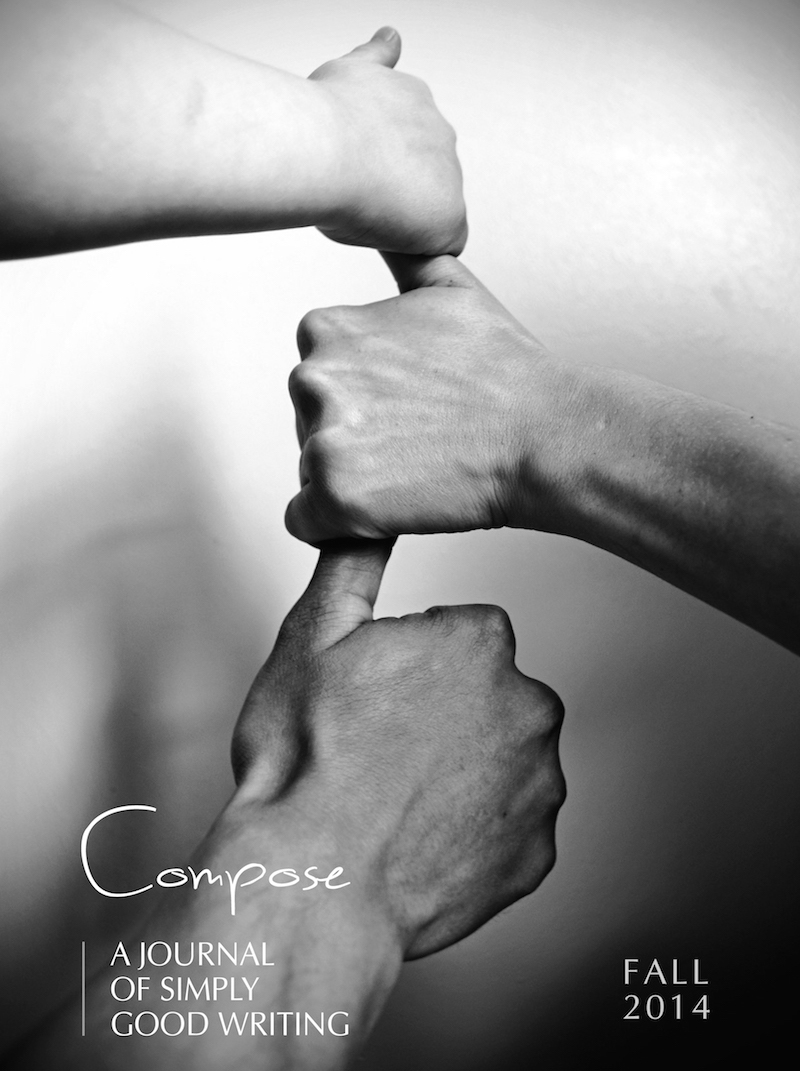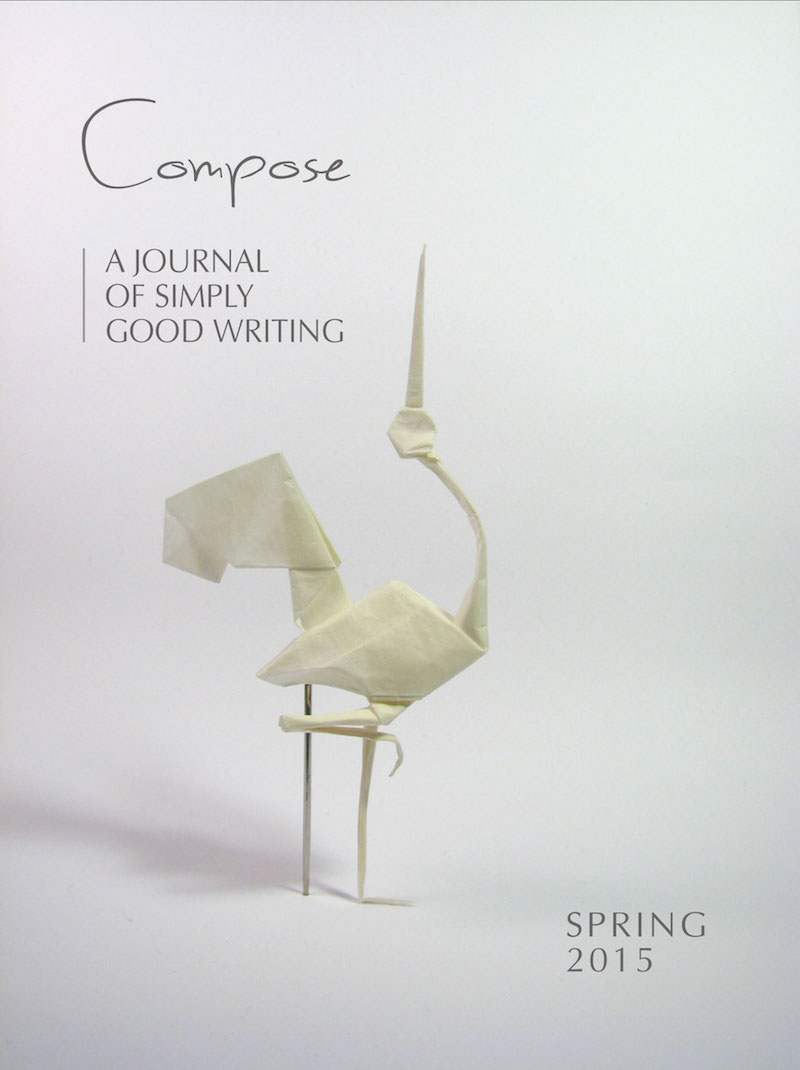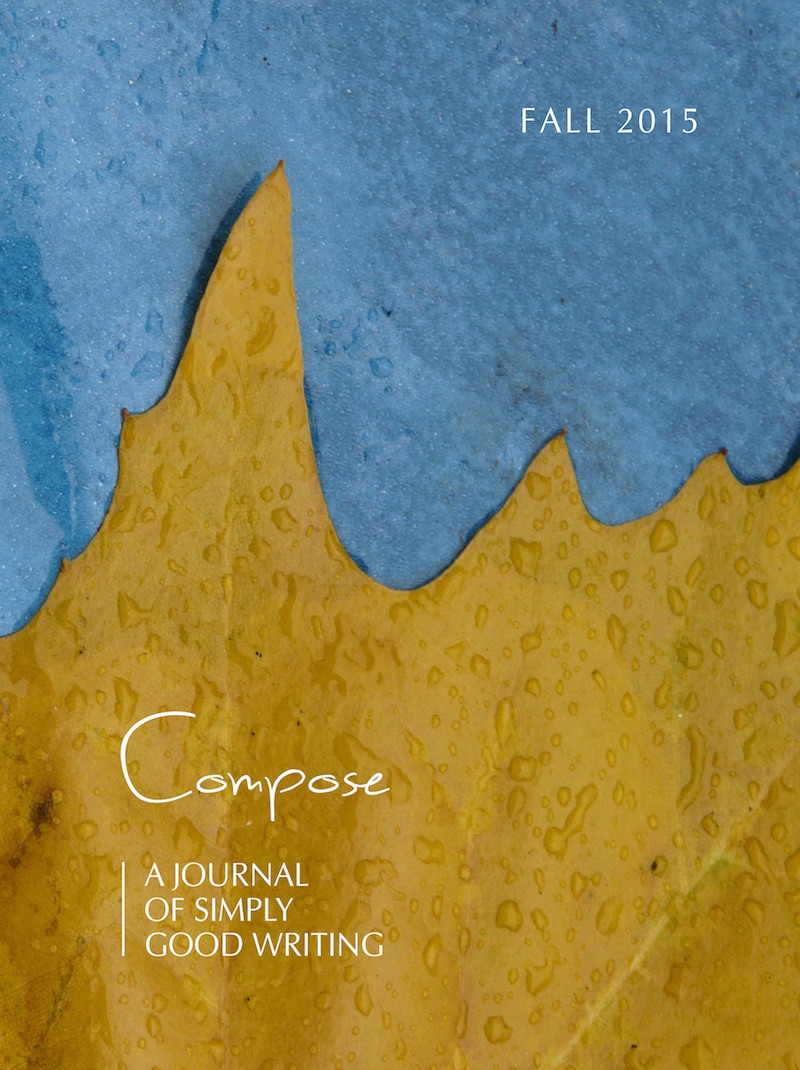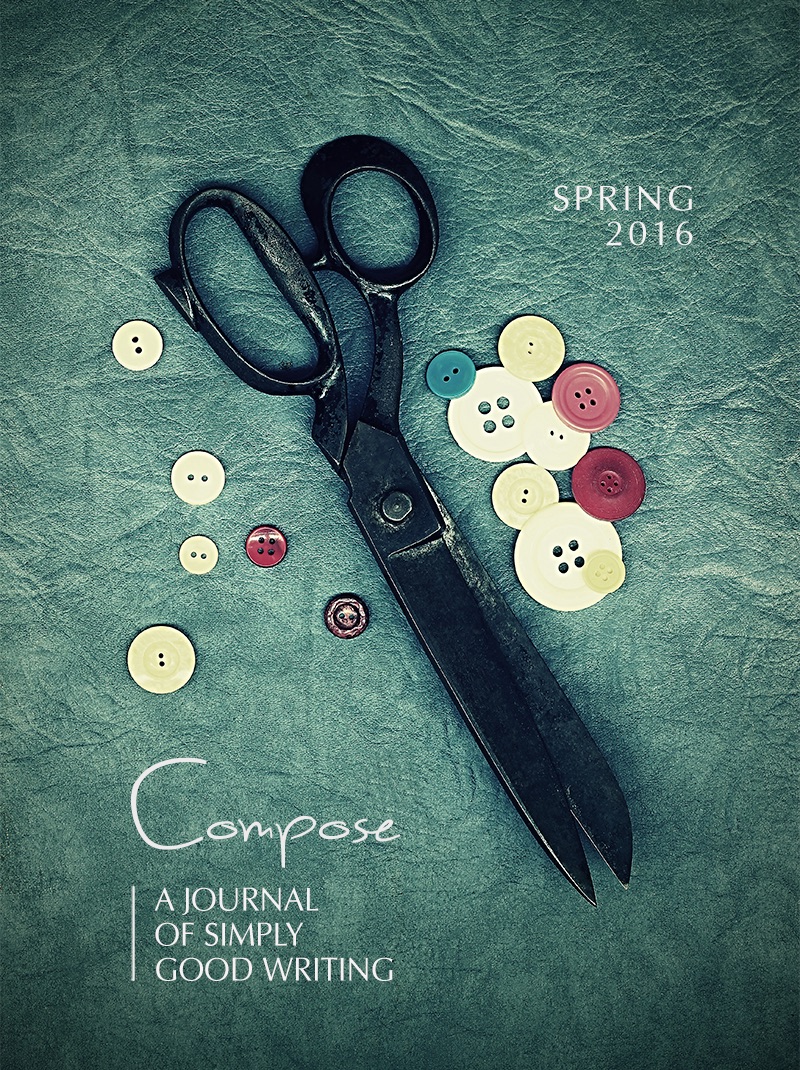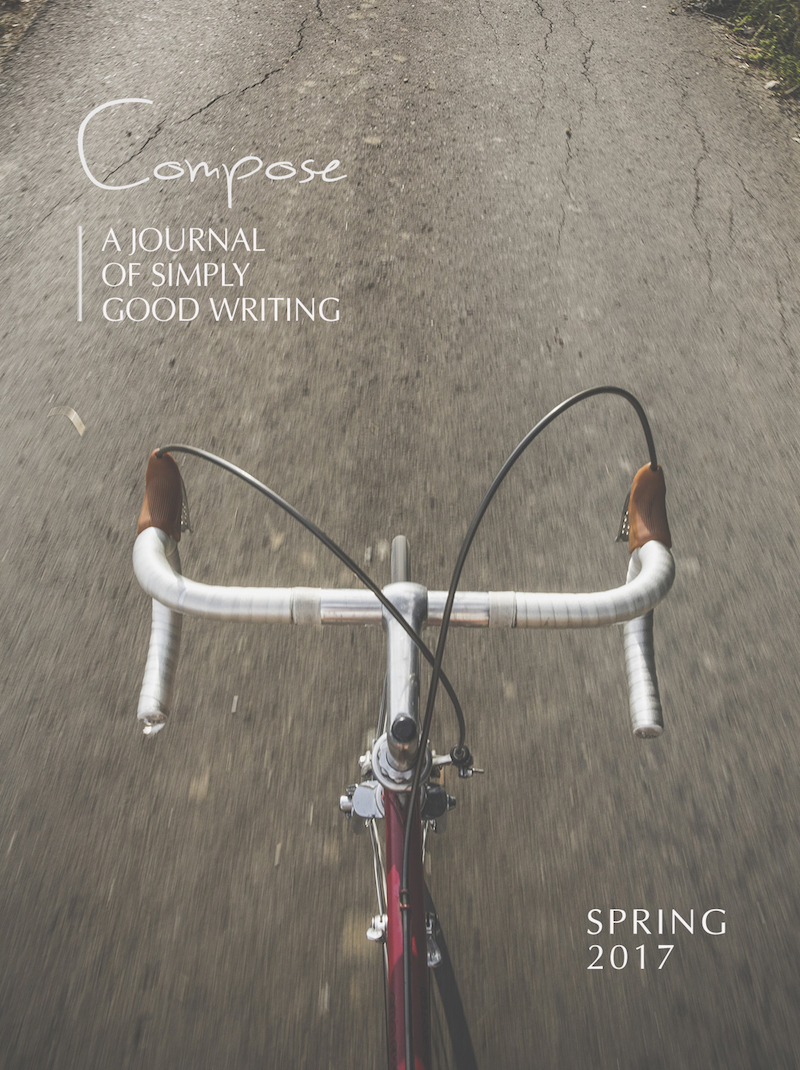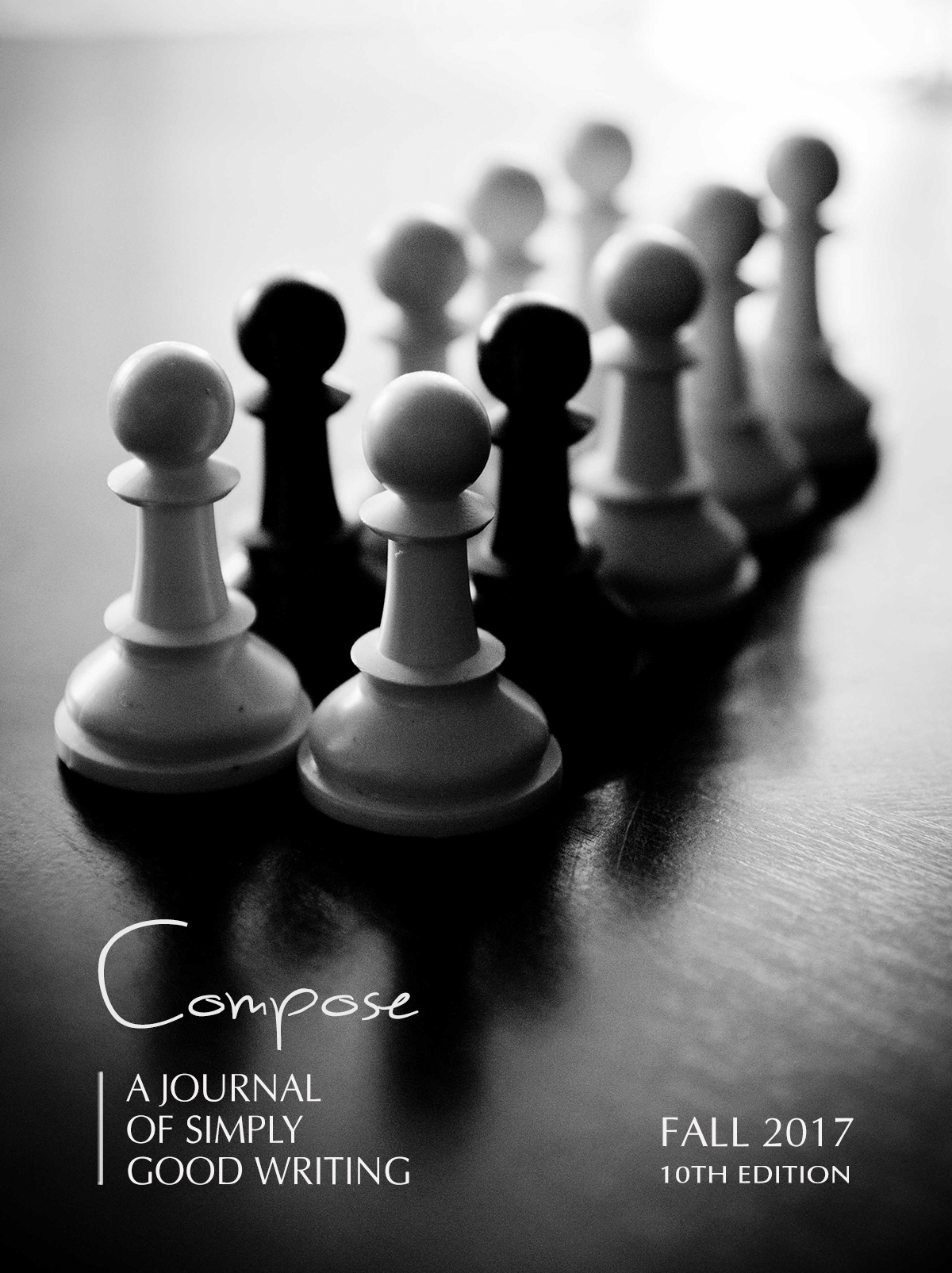Is It Possible to Read Literary Magazines?

I did not expect to enjoy Harold Bloom’s book on death.
Earlier this year, I was wandering the aisles of my local library, and I noticed his recently released collection, Till I End My Song. The book comprises Bloom’s pick of a single, solitary poem from one hundred poets: a poem that was either the poet’s final poem, or a death poem, or a late poem that Bloom felt was intended, by the poet, as a summation, a last word before retirement, before death.
I began the book with trepidation. Once you’ve read a few poetry collections by Harold Bloom, you know what to expect: the core of the book will be stocked with the same familiar poets who Bloom always writes about, almost all of them white and male and dead (Whitman, Eliot, Wordsworth, Stevens and so on). And one can usually predict Bloom’s themes: a mordant, rueful philosophy of the poet as a tragic, failed god, the everlasting supremacy of Shakespeare, the anxious influence of one generation on another. Plus, to make the matter more complicated for the reader, stories circulate about how Bloom is able to publish so many books in such little time: one opens the collection concerned for Bloom’s graduate students who (so it is claimed) often do the grunt work.
And yet I discovered, almost to my own embarrassment, that I eagerly read the book from start to finish. I discovered many new poems that moved me, verses that shocked me with their power, and I learned about several completely new poets. But what really surprised me was the ease of reading, the smoothness of turning from Ammons to Wright. I think I had become used to a certain mental effort while reading an anthology, to having to surmount a small but very real push-back from the form, the demands that it requires of its reader.
What caused, in Til I End My Song, this ease of reading? Why was Bloom’s book so accessible? I believe it came from Bloom’s commentary: the book is full of Bloom’s voice. For each poem, Bloom writes at least a page of editorial commentary. A one-page poem, in other words, gets one or two pages of Bloom. This means that, by word-count, of course, Bloom’s total prose is probably two or three times that of his poets’ combined: two pages of expositionary prose will be hundreds of words more than two pages of a terse, short-lined A.R. Ammons poem.
Now, to be clear, some of Bloom’s editorializing is not especially interesting. Some of it feels overly personal and gossipy, like Bloom recounting how he talked to certain poets on the phone, or what W.H. Auden was like as a house guest. But its line-by-line quality is perhaps not the point: all that preparatory talk, for all its length and bulk, still leaves the poem as the star. Bloom’s exposition is merely the opening act.
Reading a poem can be—should be—a potent, nearly overwhelming experience. Reading any kind of literary text should be a shock to the system, the feeling that one’s horizons have been smashed, that one’s expectations have been revealed to be far too small. Bloom’s editorial commentary, in Til I End My Song, does not really do this, but that’s not its goal: instead, Bloom’s exposition prepares the reader for the experience of art. He introduces the poet’s era and outlines his or her biography, sets out the poem’s themes and interests, hints at the kind of shocks to expect. This commentary enables a reader to have one profound experience after another. Indeed, because one arrives at the poem already having read the commentary, one is better able to focus on the real poetic matter on the page. Without such commentary, one may well waste the first few lines of a new poem subconsciously wondering who is speaking, or in what era they lived. A small but real fraction of the reader’s mind is used up in a search for clues to make sense of the words on the page.
I have a PhD in English Literature, and yet, I don’t think I’m unusual in that I find it genuinely hard, when I read collections of poems, to just keep switching, without pause or break, from one poem to another, especially when the poets are new to my reading experience. Each shift in diction, subtlety, subject, or pace requires a fresh effort from the mind, a small effort to re-calibrate. Over enough pages, the eager, open, innocent mind gets tired out. Sure, it’s possible to put one’s head down and push through, but that is probably not the ideal state of mind for actual poetic experience.
We instinctively know this to be true. After all, poets always offer this sort of commentary when they give public readings. They don’t, generally speaking, barrel through eighteen poems without pause. Instead, they tend to give a little story about each one, explaining how they wrote the poem, what they intended by it. And no listener resents these commentaries. No one feels that the poet ruined the evening by “explaining too much.” No one ever yells at the writer to just stare down at the page and read out the lines without break: rather, we feel grateful to be given a helping hand, a framework with which to listen by.
In real life, in fact, we rarely ever read anything with no prior framework. A novel has its dramatic front cover, its blurbs, and a synopsis on the back.
It’s certainly true, of course, that we do read single-author short story collections, and single-author poetry collections, but there, the book itself usually offers a kind of framework, even if a flimsy one. We piece together a framework of understanding from the similarities of one story to its fellows, from our understanding of the author, the kind of stories that say, George Saunders tends to write. We have a picture of the book as a whole that we slowly assemble as we read.
I think these expositionary “frameworks” are vital to the reading experience. Such clarifications of the work’s meaning are contained both inside the actual story or poem (in the way, for instance, that fantasy novels are always repeating and adjusting their genre’s conventions), as well as in the editorial material that surrounds the text. Paradoxically, rather than watering down the experience, such exposition tends to heighten it, because the presence of an expositionary framework frees the brain from work of having to perform a “meta-analysis” of the story, essay, or poem at the same time as she is reading it. Such editorial content relieves the reader of some of the work of figuring out “how to read” the story or poem or essay.
Probably, everything I have written so far sounds pretty obvious. Of course we need to make sense of what we read one way or another. However, many literary magazines behave as though the exact opposite is true. One might think, from the way most journals are laid out, that exposition is the reader’s enemy. It seems as though, uniquely among the literary arts, that literary journals consider the human desire to fit new experiences into pre-established categories and boundaries to be a mistake, a childish error. Generally speaking, other than a brief introduction at the start, one piece follows another without pause. The editors’ intentions, of course, are admirable: to let each work speak for itself, to present readers with a new and startling literary experience, untrammeled by rules or preconceptions. One reads an elaborate sestina, turns the page, reads a brutally frank short-line piece of free verse, turns the next page, and finds oneself reading a minimalist short story. Often, fiction and nonfiction are not distinguished in the title or header, so one has to read for some way before discovering what the prose is meant to be doing. The trouble is: this is harder work, I believe, than many people involved in the literary field realize.
To be absolutely clear: the editors’ intention, as I said before, is admirable, and it offers a vision of true literary freedom, one untrammeled by convention or boundary. But I wonder if, at the same time, this approach overvalues newness, if it exaggerates how much pleasure surprise alone can bring. In the end, I suspect this approach ends up costing too much, not only on a practical, commercial level (not many people want to read the magazine), but also on a visionary and lyrical one (the reader is so tired by the work of sorting poem from poem, story from flash essay—tired from the effort, in other words, of meta-analysis—that her brain is not in the best place to absorb each writer’s purpose and delivery).
As the deliberately provocative title of this piece asks: can people actually read literary magazines? I suspect that for many readers, the work involved is just too high. This probably sounds pessimistic, and it clearly recalls old unhappy reflections on the state of literature, such as Dana Goia’s 1991 essay “Can Poetry Matter?” which lamented about literary journals:
The heart sinks to see so many poems crammed so tightly together, like downcast immigrants in steerage. One can easily miss a radiant poem amid the many lackluster ones. It takes tremendous effort to read these small magazines with openness and attention.
However, I don’t consider myself a pessimist. And this is definitely not one of those essays which claim that poetry needs to change to be “relevant,” or that contemporary literary is bad. Rather, I just think it could be better packaged. I promise you that there are people who can read modernist novels with pleasure and delight, and who listen to the audiobook-versions of poetry collections for fun, yet who simply, despite their best intentions, find this particular aspect of literary magazines a struggle. I am one of those people. And while I don’t think a re-designed format would allow literary magazines to replace Men’s Health in the supermarket aisles, I do wonder if the people who already read novels, short story collections, and single-author poetry collections would be more likely to buy more literary magazines if the experience were less of a cognitive challenge.
Some literary journals have already moved away from this “the work speaks for itself” model. I admire, for example, the Recommended Reading series by Electric Literature. Each short piece or excerpt published in that series has an editor’s commentary beside it, explaining the work and its author, telling a little story. This exposition doesn’t ruin the reading experience. It doesn’t make the work any less literary or profound. In fact, I often wish the essays were longer. Similarly, the journal The Account offers for each piece it publishes an “account” from the author of how the piece came to be written; similarly, I find myself wishing that many of these accounts were longer, more substantial. And this journal, Compose, offers on its blog the chance for authors to tell “The Story Behind the Story,” to explain the origin of their published piece.
Whenever I talk to the editors of literary magazines, they can explain in great and sophisticated detail how each piece is intended to speak to the one that comes before and after it in the issue, and how the whole magazine fits together thematically: I wonder if these editors overestimate how easily that intention is accessible to their readers. And I think that editors sometimes do not see how their silence about the issue can appear to the reader not as modesty, not as an urge to get out the way, but rather as a kind of snobbish barrier, an alienating opacity, as though the editors exist on the inside of an ivory tower through which nothing can be seen.
I know that many journals already begin with a brief editorial run-down at the start of each issue. I am suggesting something much more substantial: that the editors’ prose accounts for a third to a half of the entire issue’s word count. A page of commentary for each page of art.
On the one hand, adding this commentary would be easy for literary magazine editors to do. By the time a piece has been through the submission process, it has been discussed and commented on many, many times. The editors have come to see that work with the aura of all the talk they have shared about it: I am simply suggesting that they share a large portion of that “aura” with the reader. After so much deliberation and evaluation, they know why they think the piece is remarkable: they could share that with us, their readers. The Why We Chose It series, from The Kenyon Review, might be a model of how this could work.
However, I don’t want to be disingenuous. This approach would be, at the same time, extremely challenging and demanding. After all, Harold Bloom, in Till I End My Song, is largely writing about white male poets whom he knew personally, contemporaries who (to a reasonable extent) shared his worldview. Most of his poets are famous people about whom great quantities of criticism has already been written: everyone who reads Bloom’s book arrives with some pre-existing knowledge of who Walt Whitman is, for instance. In contrast, the editor of a literary journal is frequently publishing the work of strangers, many of whom do not have a public project or a well-documented aesthetic. Nor do all of these authors have a significant body of easily comparable work. And, even more significantly, these writers, one hopes, differ as people in significant ways from (at least some members of) the editorial staff.
To offer commentary about such work is hard. It is easy to see how such commentary would constitute a risk for the journal, and for the editors, personally. Such writing requires not just insight and familiarity with the genre, the field: it also requires delicacy and honesty, and—most of all—vulnerability. If you “get it wrong,” you will look stupid. It makes the journal intensely vulnerable to the reader when it says, “We published this because . . . We thought it was responding to . . . We admired the author because . . . ” Explaining what one likes leaves one open to criticism, even from the author herself, who, grateful as she may be for being published, may not recognize her own work in the description placed next to it.
But I think such vulnerability would be, on balance, a good thing. And by including such editorial commentary, the journal would offer a reading experience far more in tune with how most people actually read.
In other words: let the editors of literary magazines speak.
Editor’s Note: Check out Dawn Manning’s commentary on Debra Wierenga’s poem “Self-Portrait As Eve,” and see for yourself if it enhances your reading experience.


